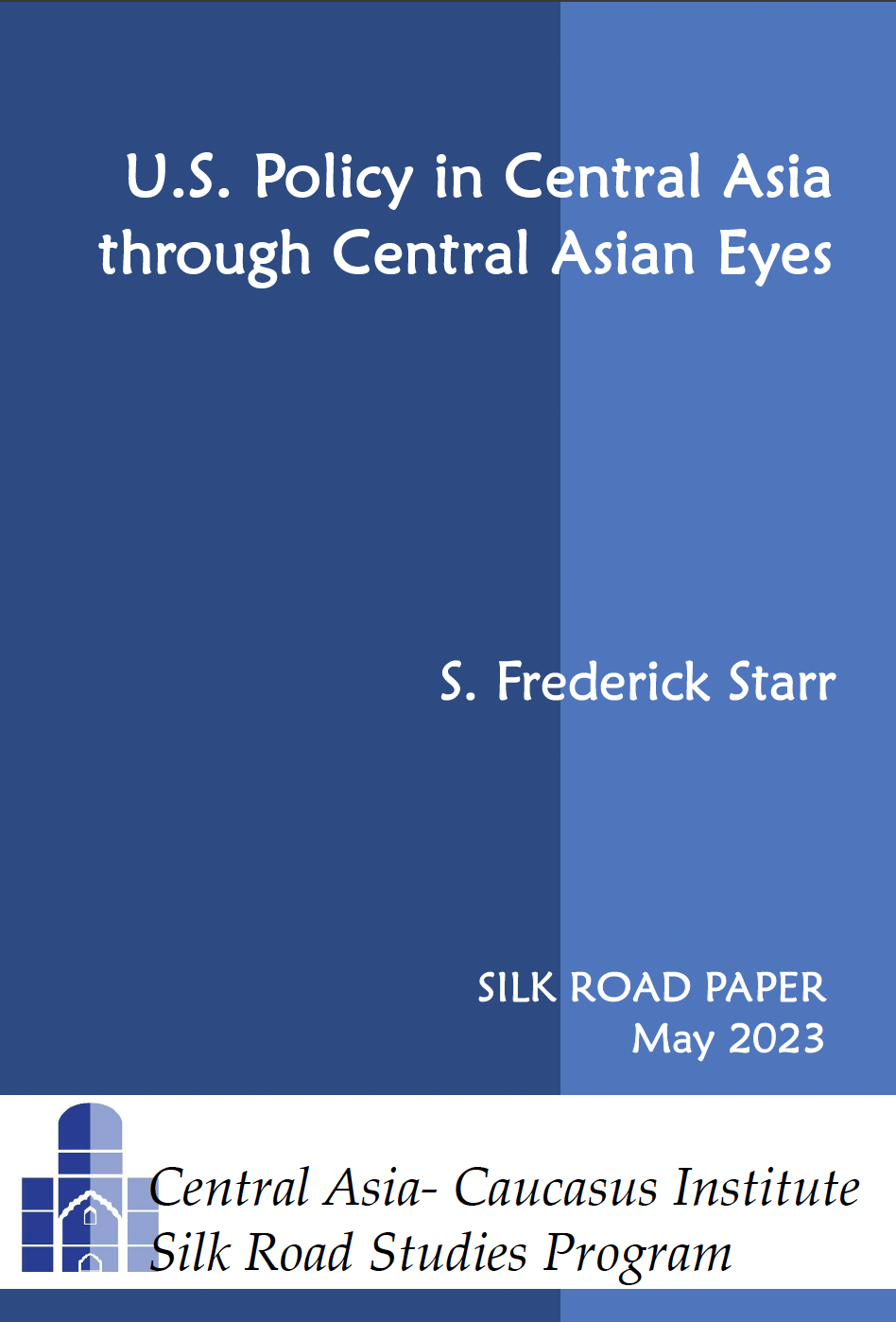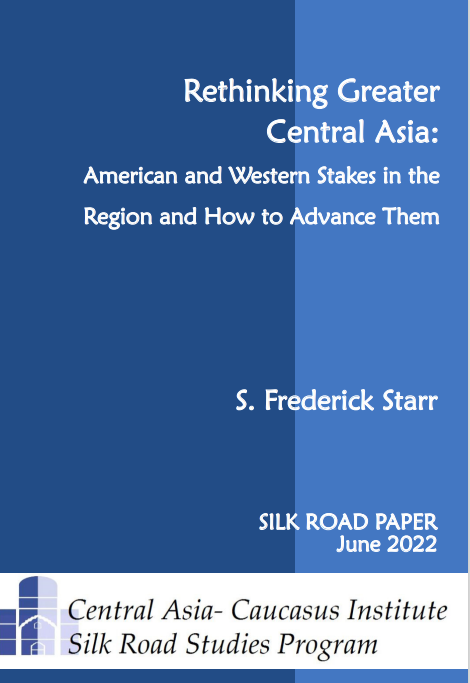IMPLICATIONS: It is in the long-term interest of the Caspian producers to fill these pipelines with natural gas from Azerbaijan, and potentially from Turkmenistan and Kazakhstan. On the other hand, it is obvious that the potential entry of Caspian natural gas will help Europe to diversify energy supply, and to reduce dependence on the state-owned Russian monopoly, Gazprom. This development will perfectly compliment major reforms planned in the European gas sector, aiming at the creation of a competitive market of multiple operators and options of delivery routes. It is also obvious that Russia is trying to prevent new entrants from obtaining a substantial stake in the European and Turkish gas market in order to maintain its dominance there. Currently Gazprom is producing 540 billion cubic meters (bcm) of natural gas. Exports to the EU constitutes 25 percent of its total production, but brings 75 percent of its revenues. Gazprom’s exports account for 20-25 % of Russia’s export revenues. Therefore, Europe is a strategic market for Russia and it is expected that Russia will use its leverage to prevent the opening of a new natural gas corridor connecting the Caspian and Turkey to Europe. The major leverage remaining in Russian hands are the frozen conflicts of the region, and remaining Russian bases in Georgia. The situation in South Ossetia proves that Russia is actively using this leverage for different purposes. But this competition is in the long-term interest of Europe, and Russia as well. Diversification of supply routes and gas sector reforms in Europe will eventually drive Russian monopolistic supplier, as well as Russian gas sector in general, towards much needed reforms. After all, one of the drivers behind the development of the South Caucasus Energy Corridor has been the inflexibility of the Russian state pipeline monopolies. By dominating access to markets and by creating barriers to access for others, they have forced producers to look for alternative means to the market. The result has been the development of alternative routes. Without market liberalization, it will be impossible to attract investments in the Russian gas sector, and without investments it will be impossible to meet the ambitious production goals of Gazprom.
CONCLUSIONS: There is a clear match between the strategic interest of Europe and the South Caucasus. Europe needs diversified energy supplies and supply routes, and to have strategic access to the Central Eurasian inland. The South Caucasus needs to be politically independent and economically viable, and to have strong security guarantees from the major powers of the world. That is why relationships with NATO and the enlarged EU are becoming the top foreign policy priorities for Georgia and Azerbaijan. Responding to this serves Europe’s long-term security interests. Europeans can do at least four things for the South Caucasus: First, to expedite the integration of Georgia and other South Caucasian states in the broader Transatlantic partnership and in NATO. Second, to actively facilitate the internationalization of the conflict resolution processes in the South Caucasus, which is currently monopolized by Russia, who is not interested in the resolution of those conflicts. Third, continuing strong support for the development of pipeline projects of both oil and natural gas. Of particular importance is to reengage Turkmenistan in the development of the TransCaspian natural gas pipeline project, which can substantially balance the energy security of Central and Eastern European countries; Fourth, continuing support for the democratic political process and economic recovery, based on rule of law, private property and free entrepreneurship.
AUTHOR BIO: Mamuka Tsereteli is the Executive Director of the America-Georgia Business Council and Adjunct Professor at the School of International Service at American University in Washington, D.C. His areas of interests include economic security, political and economic risk mitigation strategies, and business development.






 Book S. Frederick Starr and Svante E. Cornell,
Book S. Frederick Starr and Svante E. Cornell,